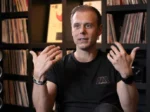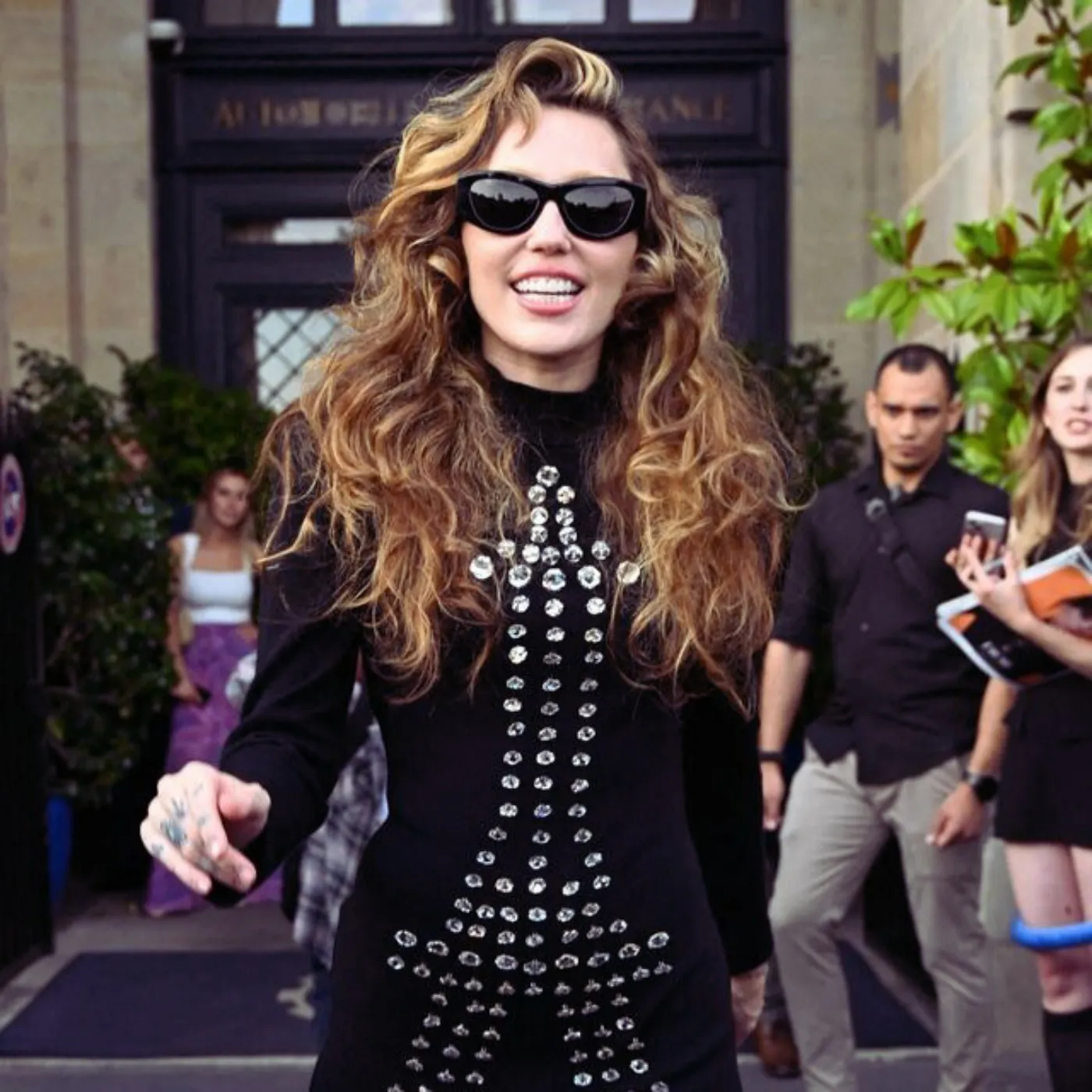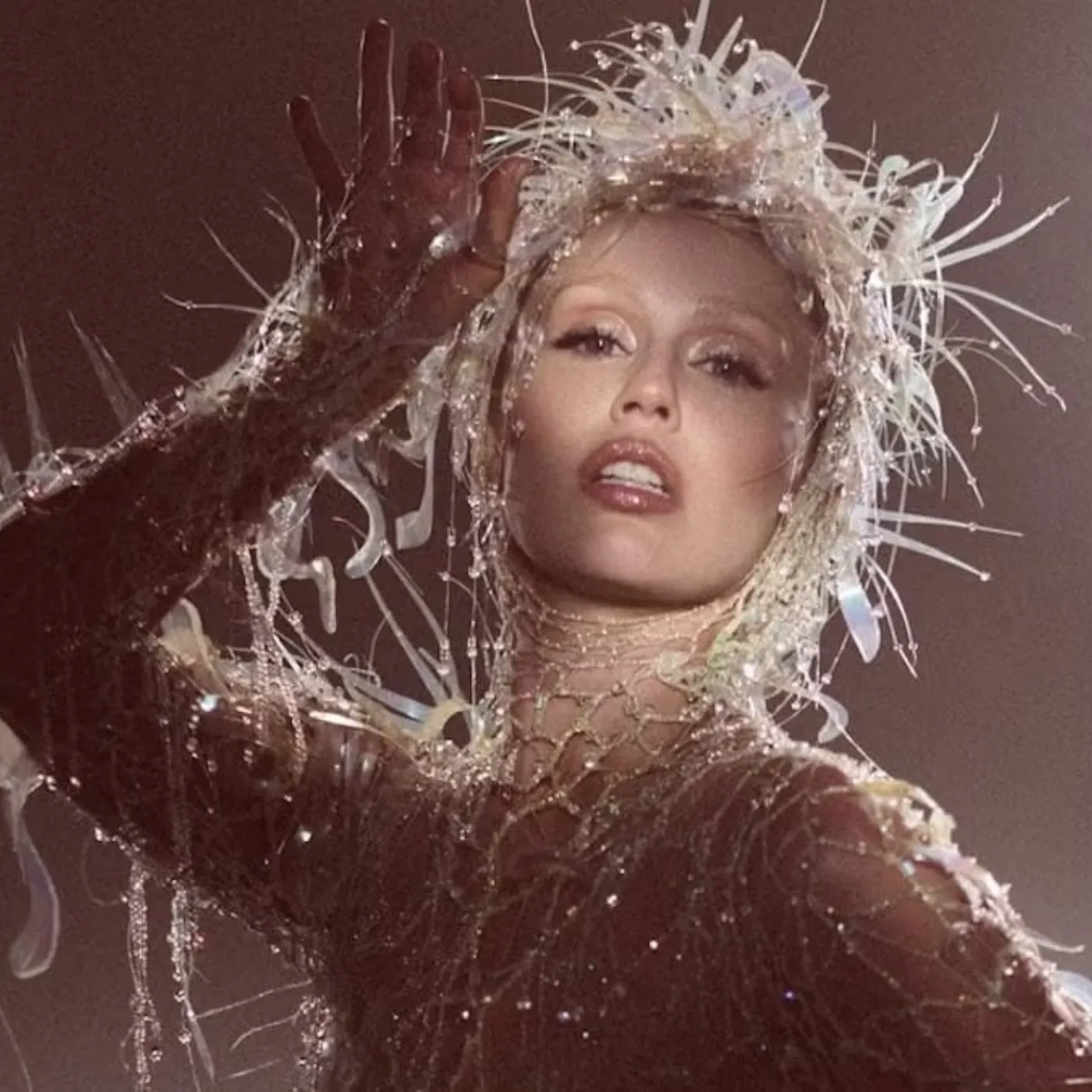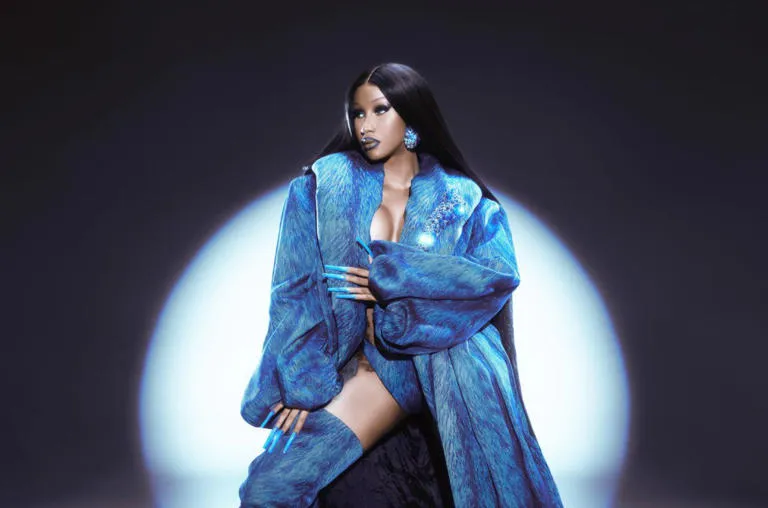

From Timeless to Totally Skippable: Miley Cyrus’s Discography Gets Exposed
In the ever-evolving world of pop culture, Miley Cyrus stands as one of the most fearless, unpredictable, and conversation-starting artists of her generation. Her name alone stirs nostalgia, controversy, and admiration—all at once. From her glittering Disney Channel debut as Hannah Montana to her jaw-dropping reinventions on stages across the world, Miley’s journey through the music industry has been nothing short of a cultural rollercoaster.

She’s not just a former teen star—she’s a force of artistic reinvention. A chameleon in the truest sense, Miley Cyrus has never played by the rules, and that rebellious spirit is etched into the DNA of each of her albums. Whether she’s twerking in a latex bikini, crooning with a country twang, or shredding a rock anthem, every project she touches becomes a pop culture lightning rod.
But with every bold evolution comes risk—and not every risk pays off. Some of her records have stood the test of time, now viewed as timeless masterpieces. Others? Not so much. Even die-hard fans admit a few albums left them scratching their heads. Critics, too, have oscillated between calling her a visionary genius and accusing her of manufactured chaos.
And so, the time has come: we’re ranking every Miley Cyrus album—from the ones that missed the mark to the records that redefined pop music and cemented her legacy as one of the most polarizing voices of the 21st century. This isn’t just about tracklists and chart positions. It’s about impact, innovation, and influence—and whether an album has stood the test of time in the ever-changing landscape of the music industry.
Because let’s face it—Miley Cyrus doesn’t just release albums. She releases statements. Each one a new chapter, a new era, a new version of Miley. And some of those eras? They changed everything.
Miley Cyrus & Her Dead Petz (2015)
Let’s just call this one the wild child of Miley’s discography. Released for free on SoundCloud, this experimental project was a far cry from the pop princess image Miley had built. Featuring psychedelic sounds, scattered lyrics, and production by The Flaming Lips, this album was more about creative chaos than commercial success.
While some praised it for its artistic bravery, many listeners found it hard to digest, even labeling it as self-indulgent. Today, it’s more of a curiosity than a classic—a snapshot of an artist trying to break free but perhaps doing too much at once.
She Is Coming (2019)
Meant to be part of a trilogy (which never fully materialized), She Is Coming gave us a glimpse into a transitional Miley—one caught between reinvention and nostalgia. With only six tracks, it lacked cohesion and depth, despite having moments of brilliance like “Mother’s Daughter.”
The EP felt like a teaser that didn’t deliver, leaving listeners more confused than impressed. While it included social commentary and hints of rebellion, it didn’t quite cement a new identity for Miley.

Can’t Be Tamed (2010)
This was Miley’s first bold step into adulthood—and it showed. The album screamed, “I’m not Hannah anymore,” but musically, it played it too safe. The electro-pop production was trendy at the time but hasn’t aged well.
Tracks like “Who Owns My Heart” and the title track were meant to shock but now feel overproduced and underwhelming. While important in her career timeline, it’s more of a statement than a strong album.
Younger Now (2017)
A return to roots? Yes. A standout album? Not quite. Younger Now tried to blend country nostalgia with pop sensibility, but the result was lukewarm. The album’s tone felt safe and stripped down—a far cry from the chaos of Dead Petz, but perhaps too stripped down.
The standout single “Malibu” was heartfelt and serene, but the rest of the album lacked replay value. It was more about reinvention fatigue than genuine resonance.
Bangerz (2013)
Now we’re talking impact. Bangerz was Miley’s pop culture explosion—for better or worse. With tracks like “Wrecking Ball,” “We Can’t Stop,” and “Adore You,” she shattered her Disney image once and for all.
Musically, the album was a mixed bag, with hits and misses, but the shock factor, the memes, and the controversy made it unforgettable. This is the album that rewrote the rules for pop stars reinventing themselves—unapologetically.
Breakout (2008)
This was Miley’s first major step outside the Hannah Montana brand, and it worked. Breakout felt authentic, energetic, and refreshingly catchy. Songs like “7 Things” and “Fly on the Wall” gave listeners a taste of her real voice and creative instincts.
It’s the type of album that still holds up—not because it was revolutionary, but because it was honest. The production and themes may feel dated now, but its emotional core keeps it timeless.
Plastic Hearts (2020)
This album was a game-changer. With Plastic Hearts, Miley found a new groove blending rock, glam, and ‘80s pop influences. Featuring legends like Billy Idol and Joan Jett, the album felt mature, polished, and focused.
Tracks like “Midnight Sky” and “Prisoner” proved she could still dominate the charts while also gaining critical acclaim. Plastic Hearts showed Miley at her most refined—bold, gritty, and self-assured.
Endless Summer Vacation (2023)
Topping the list is Miley’s most balanced and universally praised record to date. With “Flowers” becoming a viral anthem of independence and healing, Endless Summer Vacation delivers emotion, maturity, and melody.
It’s Miley at her most reflective—less about shock and more about substance. From start to finish, the album flows with intention, growth, and vulnerability. It’s a culmination of everything she’s been through—and it just works.
Final Thoughts:
Miley Cyrus has never followed the rules—and that’s exactly what has made her musical evolution so endlessly captivating. In an industry that often rewards predictability, she’s chosen chaos, honesty, and constant reinvention. She’s not afraid to burn down what she just built if it means stepping closer to a version of herself that feels more real.
Sure, not every album has stood the test of time, and some of her sonic detours left critics and fans scratching their heads. But even the least-streamed records in her discography carry a unique kind of weight—they reflect raw moments, bold transitions, and a woman trying to navigate the spotlight while still figuring out who she is.
Every era—from the bubblegum pop princess of Breakout to the genre-defying rebel of Bangerz, from the Plastic Hearts rock revival to the ultra-refined storytelling of Endless Summer Vacation—serves as a time capsule of a woman growing up in front of the world. And perhaps that’s why her catalogue continues to spark so much debate, devotion, and yes, even division.

Her music may be unpredictable, but her impact is undeniable. Whether you love, loathe, or feel completely conflicted about her albums, you can’t look away. Because when Miley Cyrus drops a project, it doesn’t just hit Spotify—it hits the culture. Hard.
And that’s the ultimate legacy of an artist who never settled for being one thing—because she knew she was meant to be everything.
Miley Cyrus doesn’t just release albums. She starts conversations. And more than 15 years into her career, the world is still listening.



















Post Comment